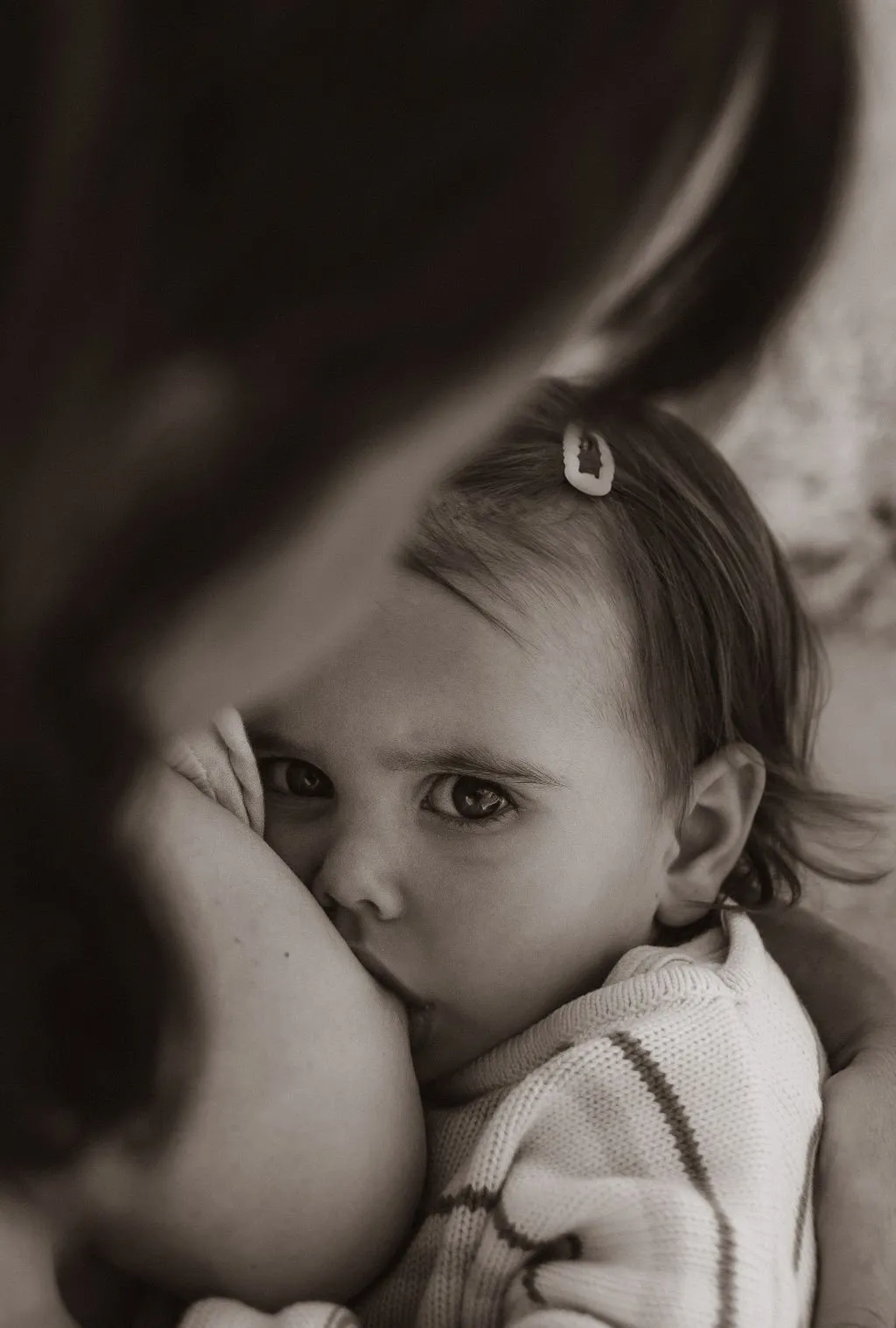Our feeds are full of fear of the sippy cup, with warnings shared over and over not to use them. There are claims that the spouted cup will delay your child’s speech, swallowing, language and feeding skills as well as change the way their face grows. With such strong recommendations we would assume there’s a lovely little collection of evidence proving these claims but not one research article outlining the negative impacts of sippy cups on feeding and speech exists. Recommendations are so often presented to parents in an either/or way, a choice of one extreme or another, do this NOT that. Rarely are they presented in a way that gives parents the opportunity to read the pros and cons and make an informed decision that sits in the grey, in the middle of the either/or if appropriate. As a speech pathologist, I often trial open cups, straw cups and sippy cups to find the right fit for little ones with feeding and swallowing difficulties. Many factors are taken into consideration but for typically developing children, feature matching isn’t always necessary. Though some tweaking maybe helpful in the beginning. So, let’s run through what parents need to know when deciding how or whether they will use a sippy cup with their child.
What’s the Difference Between the Cups?
A baby begins to move from a suckle pattern to a mature sucking pattern during their first year of life. The mature swallow involves an up/down sucking action with the tongue tip elevating up behind the top teeth (the alveolar ridge) and propelling food/liquid back to swallow. A mature swallow pattern allows us to be efficient in eating and drinking a range of different textures. This pattern is used with a straw and open cup. The spout on a sippy cup holds the tongue down, so a mature swallow pattern cannot be used with this type of cup. Instead, a suckle, in and out pattern is used. By offering the majority of drinking opportunities in a straw cup and an open cup, with a little sippy on the side, still provides lots of opportunity to develop and use that mature swallow pattern.
Oral Motor Skill Development
Open cups and straw cups support oral motor skill development, so it makes sense to introduce these from the start. If a child has difficulty, there is no evidence that offering your child a sippy cup for a short time, while they practice open cup and straw drinking will do any harm.
Keep in Mind
We do have research that shows an increase risk of cavities for drinking sugary beverages from a sippy cup for long periods of time or without brushing. Keep this in mind if you offer drinks other than water in a sippycup to your little one.There is also evidence that long term pacifier use increases the risk of teeth misalignment, so if a little one is suckling on a sippy cup for long periods of time, a lot of the day, there may be the same increased risk. In this situation we should work towards reducing sippycup use to a few sips at a time during meals and snacksand introducing an open/straw cup if possible.
Livin’ in the Real Word
As a parent there’s no denying the convenience of having a cup that doesn’t leak all through your bag or wet your child’s clothes when out and some days we just don’t have time to mop the floor and change their clothes. Using a sippy cup in these situations is fine, alongside offering the majority of liquids in an open cup/straw cup.
The Sippy Is Sometimes a Saviour
Some little ones with feeding and swallowing difficulties use a sippy cup only. This sippy cup may be used to increase their independence when drinking or perhaps their safety in being able to manage the flow of liquid.Just like most things in life, moderation is key. There’s no denying that open cups and straw cups are ideal but at the same time there’s no evidence that a small amount of sippy cup use will impact your little one’s development.
Tips for Introducing an Open Cup
An open cup can be introduced around 6 months of age. Make sure your little one is in supportive seating while drinking.
- When starting out a mini-cup, medicine cup or a shot glass work really well.
- Fill the cup to just below the rim. Your little one will get a sip quickly and understand liquid comes from a cup. It also decreases the need for little ones to tip their head back, which increases the risk of liquids entering their airway.
- Say and or sign “drink”, hold the cup up for your little one to see, wait for them to communicate they are ok with you bringing it to their lips. Move the lower rim of the cup toward their upper lip.
- Slightly tilt the cup if needed, allowing them to take one sip initially, swallow and then reoffer.
- When they have one sip down pat, you can offer multiple sips at a time.
- Try a thicker liquid like a puree or yogurt in the cup if they are coughing with a thin liquid.
Tips for Introducing a Straw Cup
A straw cup can be introduced to your little one around 8 months of age or after they have mastered an open cup, which ever one comes first. Make sure your little one is in supportive seating while drinking. When introducing a straw cup your little one may find it easier to learn with a skinnier, shorter straw as the liquid flows slower with a skinnier straw (allowing time for your little one to coordinate drinking) and a shorter straw is easier to suck liquid from (less distance for the liquid to travel).
Option 1:
- Put a straw in liquid and place your thumb over the end (the liquid will draw up into the straw).
- Move the straw to your little one’s lips while holding it slightly greater than horizontal.
- As they close their lips around the straw take your finger off the end of the straw.
- Move the straw to just below horizontal to encourage them to suck the rest of the liquid out.
- When they begin to try to suck liquid from the straw, pop the straw in a cup of liquid.
Option 2:
- A Honey Bear Cup or a Take and Toss Straw Cup are also great for teaching straw drinking. They can be squeezed so liquid enters the mouth without sucking. Little ones begin to understand that liquid comes from the straw and begin to suck themselves.
Option 3:
- You can also try squeezing puree into a straw and cover the end in puree. Little ones get a taste straight away and begin to suck the puree out of the straw.
Straw Cup Features to be mindful of
Valves
When you’re ready to try a straw cup there are a few things to keep in mind. Straw cups with a valve encourage that suckle pattern we talked about above, they also make it tricky for little ones to get any liquid out. By snipping off the valve (inside the top of the straw) they are able to use a mature swallow pattern and have more success with straw drinking. Keep in mind by snipping off the valve, they do leak a little, some parents snip their home straw cup and keep the one with a valve for out and about.
Size
Little hands find little cups or cups with handles easier to grip and hold.
Straw Width
Some straw cups have wider straws than others, the smaller the hole inside the straw the slower the flow. This may be useful to trial if your little one has difficulty with how much liquid they end up sucking through the straw.
Open Cup Features to be mindful of
Size
Little hands find little cups or cups with handles easier to grip and hold. A cup the size of a medicine cup is great up to about 12 months, after this time a cup a little bigger will be more suitable.
Written by Jamie Williams – Paediatric Speech Pathologist




+ show comments
- Hide Comments
add a comment